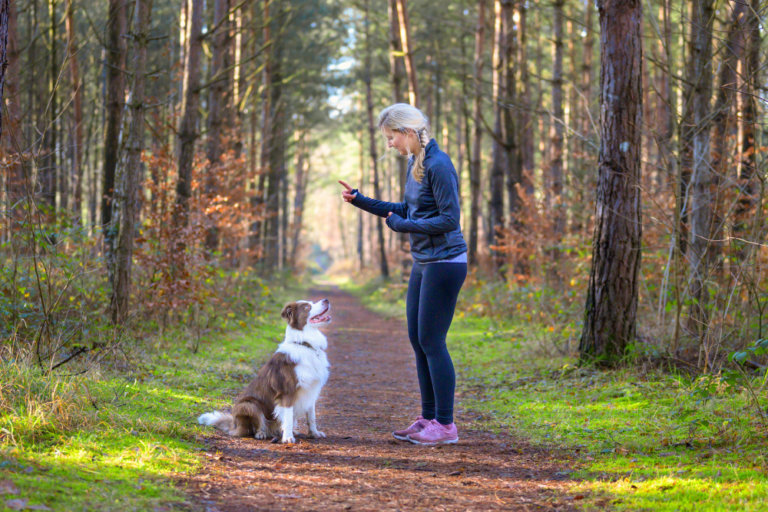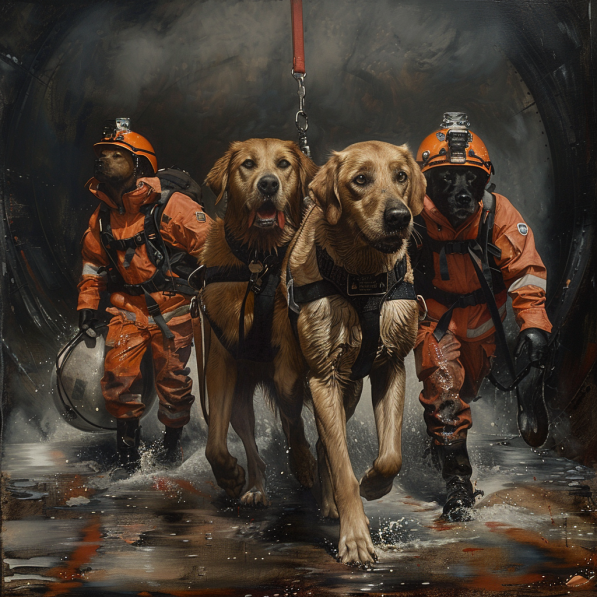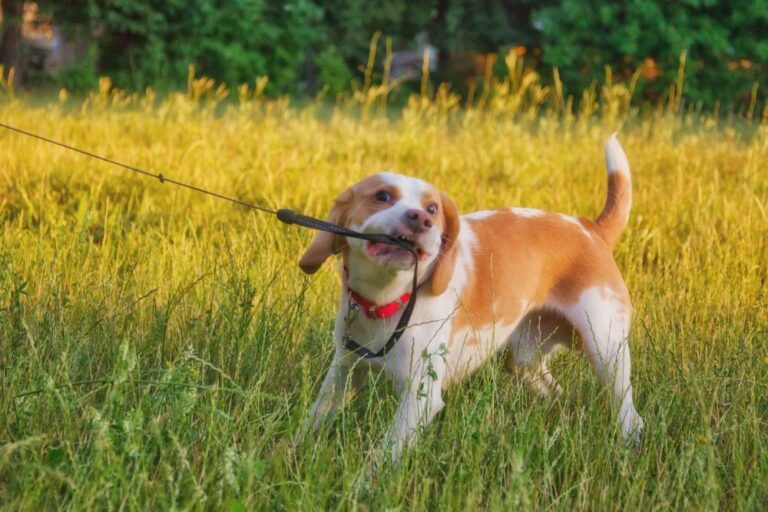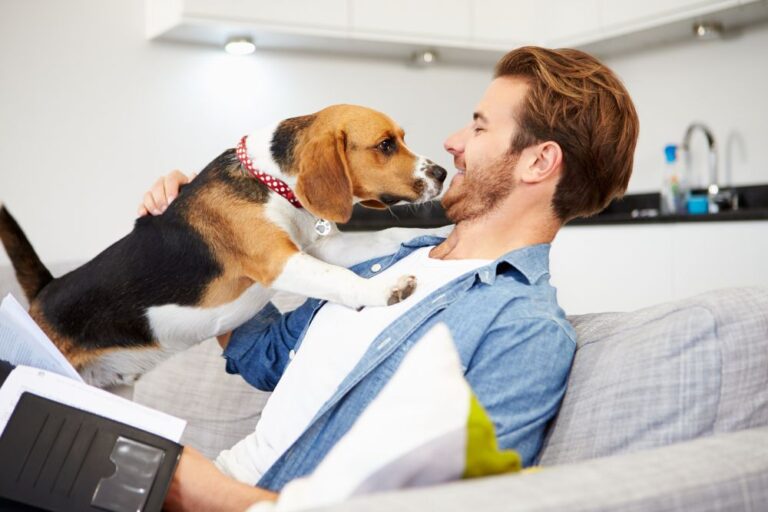Tips and Tricks for Training Multiple Dogs at the Same Time

Do you remember sometimes that when you are teaching two of your dogs how to do something, you would rather feel like the circus performer? One’s running in circles trying to catch a squirrel and the one is just there laying on the floor with its tail wagging for a treat.
Even teaching one dog can sometimes be challenging but when you have a second one it feels like you’re dealing with more than just ropes; leashes. But do not worry – with a little patience, some tip and tricks and the right mentality you will be able to train your pets together very soon.
What Can You Teach Your Furry Friends Together?
When one is handling several dogs for training the first thing to do is to go back to the basics. These include; Sit, stay, come, and down and these are best suited for training two dogs all at once. These are essential skills, which every dog must acquire, moreover, they are perfect for practicing with several dogs at once.
Dogs can observe each other; at times, another dog may even influence another to behave well since the dog has more experience than the other one. You can also train them to walk orderly along on a leash and this will ensure that whoever is on the other end of the leash is having the most enjoyable time.
Quick Tip: In this case, try to bark the commands differently to each of the dogs; for example, “Buddy, sit!” or “Lola, stay!” This is very effective when trying to get the attention of the dogs to a particular command.
Who’s the Boss? Figuring Out the Roles of Your Pups

Similar to human beings, the dogs are also different from one another in terms of their character and position in their team. When training multiple dogs it is necessary to know these differences. It’s possible that one dog will be more assertive, or more receptive to the trainer or other dogs, than the other, or one may take to training faster than the other.
For each dog it is possible to determine that one and follow the special approach in the training procedure. It should be noted that the confident dog may require more challenges as compared to the shy or reserved dog which will require additional encouragement and time in order to gain confidence.
Quick Tip: Identify which dog is more confident during training and let them help lead the way. The other dog may follow their example!
Training Two Pups? Here’s What to Watch Out For
- Distractions – One dog may get distracted and influence the other. For instance, if one dog starts barking, the other might follow, making it harder to maintain focus.
- Different Learning Speeds – Some dogs pick up commands quickly, while others need more time and repetition. Balancing this can be challenging during training.
- Competing for Attention – Dogs might compete for your focus, treats, or praise, causing jealousy or frustration during training sessions.
- Balancing Individual Needs – Each dog has a unique personality. Some may need extra attention or patience, while others might need more frequent breaks to stay engaged.
The Perks of Training a Dynamic Duo
Training multiple dogs at the same time may have these challenges but, there are lots of advantages with it! First of all, you can try and improve the relations between your dogs by using this technique. That way there will free flowing communication between them and this can actually help minimize conflicts or behavioral problems in the future.
This is also cost-saving because it eliminates the need to do two different lessons when the two of them can be trained at the same time? Not to mention, it will also help you develop a positive relationship with each of the dogs and in the making of a pack; all the dogs must know them all.
Tips & Tricks for Training Your Paw-some Pair
- Start with Solo Sessions – Do not immediately place all the dogs together and take training them one at a time to avoid confusion. This will help in ascertaining that we can train them as a group later on a number of things.
- Use Their Names – The use of each dog’s name should always be used while giving an order with or without a collar on. For example, if you train your dogs to follow ‘Max, sit!’ both the dogs know who is expected to sit down and who to stay still.
- Leash Training Together – Once you find that it is easier to walk each dog separately then try walking them together. Make sure the walks are short ones and always critic and reward both dogs if they are behaving properly by walking besides you.
- Create Space When Needed – If one of the dogs become too excited or distracted, take them a little bit apart so they do not see each other for a minute and then resume.
- Keep Training Sessions Short and Fun – Training is an exciting process that has to take place with the human as well as the dogs effectively. The need to calms the animal requires that the training sessions be short and informal involving use of incentives such as food and verbal encouragement.
- End on a Positive Note – It is very important to always close any training on a high note even if you are only celebrating minor achievements. Whether it’s an exciting round of ‘fetch’ or some tummy scratching, make sure they are once in a while rewarded for a job well done.
Wrapping It Up: A Paw-sitive Experience Awaits!
Training multiple dogs at once may seem daunting at first, but with the right strategies, it can actually be a fun and rewarding experience. Remember to stay patient and celebrate each small win—both yours and your dogs’. Your dogs will not only learn the skills they need, but they’ll also grow closer as a team, and you’ll strengthen your bond with each one.
So take a deep breath, grab those treats, and get ready to train your pack like a pro! Discover expert tips and step-by-step guides to make training sessions fun and effective for you and your pups!
Now, let the adventures in training begin!






